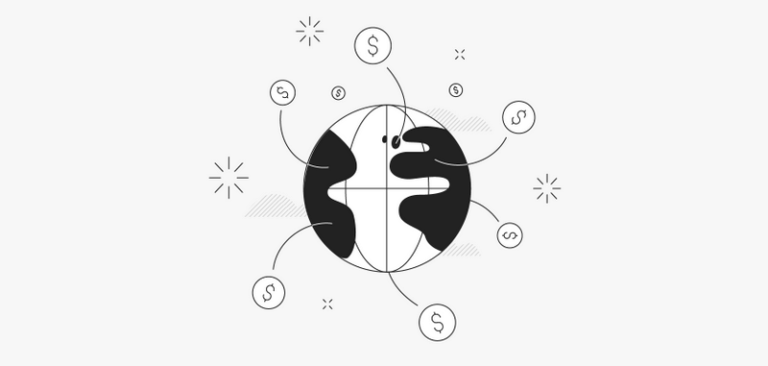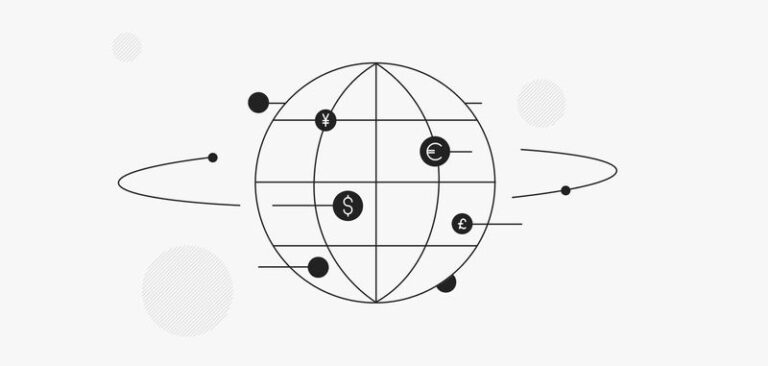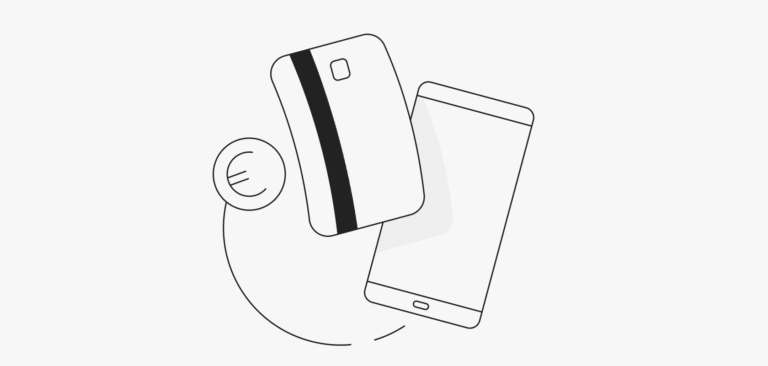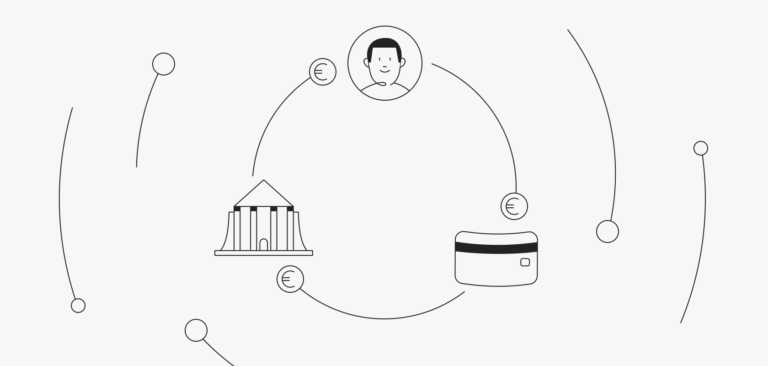There’s no doubt about it, people these days are visual, so play into that with plenty of high-quality images that really show off the benefits and features of your product
According to astudy from HubSpot, only 22 per cent of businesses are satisfied with their conversion rate optimization strategies. Let that sink in for a minute.
With that in mind, it’s highly likely you fall into the other 78% that aren’t happy with their conversions. Maybe you’ve got the traffic but it’s note quating to the sales you want, or maybe you think you’ve put together awell-oiled machine but in fact it’s a little rusty.
Do you really know what consumers these days want and what triggers them to hit that all-important “buy” button? For most eCommerce sites,the typical conversion rate is 2.35%.
Seems pretty low, right? But the top 10% of eCommerce businesses are seeing 3-5x higher conversion rates than that.
So what are they doing differently? Chances are they’re optimizing every step of the buying process, from the product pages right through to the point of sale. We’re guessing you want some of that action, so we’ve brought together some of the easiest and most successful optimization strategies you can put in place on your site to boost sales. Let’s dig in.
How to Optimize Your Product Pages to Get More Sales
Product pages are incredibly important, with 51% of eCommerce experts claiming they’re the most important pages on an eCommerce website.
1. User Generated Content
Word-of-mouth marketing is still the most successful form of marketing –even in the digital age. But, rather than families and friends passing recommendations to each other on the street, word-of-mouth comes in the form of content from other customers, like reviews and social media images.
In one study, it was proven that implementing UGC on a product page increases conversion rates by 161% – that’s not a throw away amount. You see, consumers that land on your product pages are already interested in making a purchase,and reading reviews by previous customers builds trust which is an invaluable way to tip them over the edge.
2. Update Your Images
Images make up a vital part of the product page – they do, after all, show consumers what exactly it is they’ll be buying.
Testing has proven that larger images increase sales, which shows that tweaking even the smallest thing about your page can dramatically boost conversions. But it’s not just image size you can play around with. Think aboutthe quantity of images you’re showing – do they give the potential buyer a good insight into what they’re buying? Do you have multiple images showing different features?
There’s no doubt about it, people these days are visual, so play into that with plenty of high-quality images that really show off the benefits and features of your product. Office Space Software includes pictures to exemplify each point on their product page. They’ve integrated the software into a screen format so potential customers can see what it looks like in action.
3. Consider the Color of Your “Buy” Button
The ultimate aim of any product page is to sell, sell, sell. Though these pages are essentially the first step of the buying funnel, it’s worth thinking about psychological triggers that will turn more browsers into buyers. It’s little things like the color of your “buy” button that matter here. A surprising amount of eCommerce businesses miss out on sales because their Add to Cart button isn’t visible enough.
To counteract this happening, experiment with its color, placement and design. According to research, a successful “buy” button is often in a color that contrasts the rest of the site, is set above the fold, and is large enoughfor visitors to not skip over. Spotify’s “get it now” button stands out against the vibrant background. The contrast of the bright palette and the pastel ofthe button means it’s one of the first things viewer’s eyes fall on.
4. Personalize the Buying Process
These days, consumers crave connections with brands. They seek out real relationships that go deeper than a brand-customer dynamic. Playing into this can dramatically boost conversion rates. Take personalization, for example, which shows you really understand what each individual customer wants from you.
E-mail marketing plays a major role when customizing the online sellingprocess. Modern marketers make extensive use of personalization strategies andtools to reach their buyers and drive them towards conversion goals.
You can serve specific content and products to potential buyers based ontheir behavior on your site. When they buy or click through from one similar product to another, you can then serve them personal recommendations based on those. And, like we said earlier, word-of-mouth recommendations are still important. You’re essentially recommending products that the buyer might nothave come across yet based on interests they already have.
How to Optimize Your Checkout to Get More Sales
Once the consumer has visited the product page and chosen their product,it’s time for them to head to the virtual checkout.
From there it’s basically a done deal, right?
Wrong. In fact, a whopping 59% of shoppers abandon their cart at the checkout stage which means you have to work just as hard, if not harder, to keep them around. The main reasons for cart abandonment are additional costs, needing to create an account, and a complicated checkout process. So how can you make sure your customers don’t bow out at the last hurdle?
1. Offer Preferred Payment Solutions
Getting people to part with their money is always difficult, but it’s even more difficult when they’re putting their hard-earned cash out into the ether of the internet. Which is why it’s important to offer a variety of payment methods so people can choose their favorite. At this point, you want to make the process as easy as possible for the customer to hit buy, but limiting how they can pay might be all it takes to put them off. Think about implementing a payment solution that integrates a number of different payment methods, different currencies, and different languages.
2. Take Away Distractions
Once consumers are into the checkout funnel, you don’t want something else distracting them and causing them to click away. In this instance, you want to make the checkout page as minimal as possible. That means no navigation options, no search bar, and no other elements that take the eyes away from the prize –the “buy” button.
3. Show Trust Signals
As we mentioned earlier, it can be a struggle getting people to part with their money. A lot of consumers don’t trust brands they haven’t bought from before, so it’s important that you put their minds at ease if you want to increase conversions. There are several ways you can do this, by showing trus signals.
What exactly are these? They’re things like:
- Reviews and ratings from previous customers
- An SSL certificate or third party security validation
- A very clear link to customer support, returns policies and T&Cs
- The official logos of available payment options, as well as payment certification (e.g. Verified by Visa)
- Any other business accreditations you have that will make them feel more comfortable buying from you
4. Share Additional Costs Upfront
No one likes being whacked with additional costs when they hit the checkout stage. In fact, it’s the number one reason people abandon their cart. It seems like such a simple problem to solve, but so many eCommerce companies still shy away from sharing add-on costs before the customer goes through to the checkout stage.
Getting potential customers to spend time filling out a form only to putmore money onto their total is a sure fire way to lose that trust you’ve worked so hard to build and turn them off you for good.
Not what you want, right?
So make things easier for everyone and share any additional costs before the final stage of the checkout process. Your customers will thank you for it, and there’ll be less people leaving their cart behind because you’vetried to get more money out of them. Whether it’s additional card costs or shipping fees, shout about it loudly and proudly so everyone knows what to expect and when.
Successful Conversion Rate Equals a Successful Business
A lot of eCommerce companies think that if they get more visitors to their site, they’ll make more sales. But more often than not they already have enough visitors; they just aren’t optimizing for conversions.
It might seem like a daunting task, dressing your site up for more sales,but just a few simple tweaks here and there can make the world of difference, whether it’s keeping your checkout process minimalist and streamlined, or adding more images and user generated content to your product pages.



